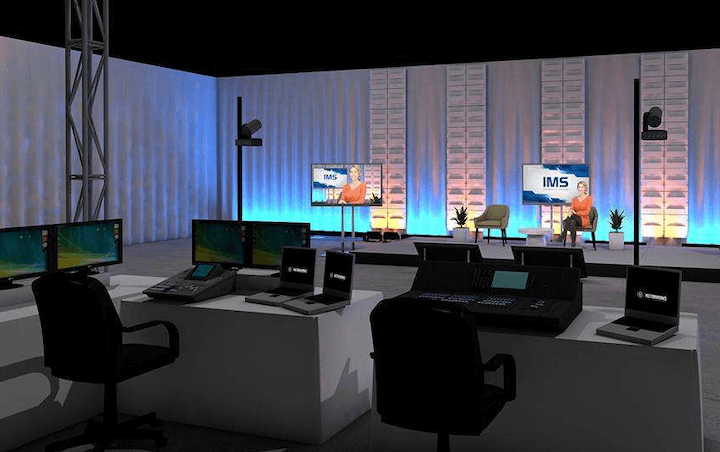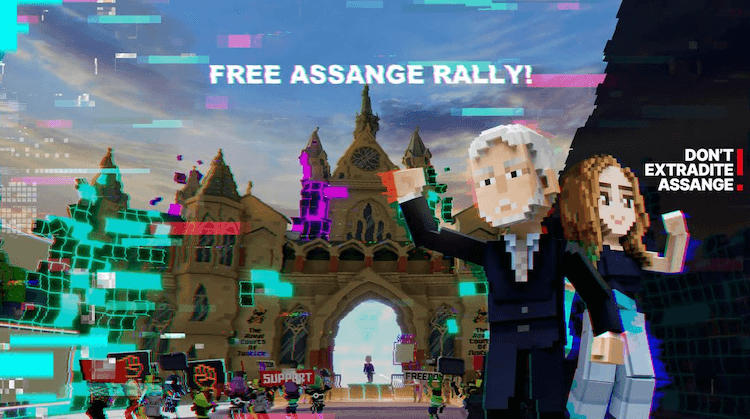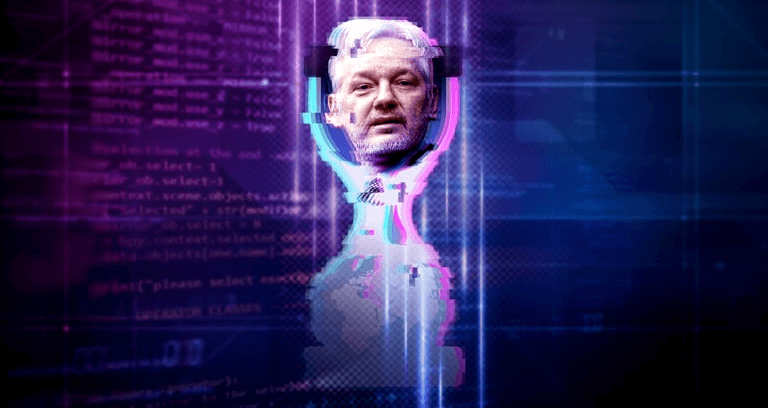In a realm we fondly call the Metaverse, the definitions of activism, journalism, and community mobilization are continually reimagined. There’s no example more vivid and controversial than the recent movement surrounding Julian Assange, the founder of WikiLeaks. This initiative, sparking global conversations, has found its way into our online spaces, and its impact is as tangible as in our physical reality.

Virtual Reality, Real Issues
Julian Assange’s legal battles have been a subject of intense debate around issues of press freedom, political asylum, and human rights. With various ongoing legal complications, Assange’s supporters have often found it challenging to organize physical protests. Enter the Metaverse, a solution that has allowed for a free, unregulated space for dialogue, discourse, and yes—dissent.
The initiative makes use of custom 3D-modeled avatars wearing “Free Assange” T-shirts to decentralized chat forums where users can discuss the complex legalities surrounding Assange’s case. Not confined to one platform, its presence is felt across various digital spaces, including VRChat, Decentraland, and Metavox.
The Virtual Town Hall: An Unprecedented Event
Perhaps the most groundbreaking moment in the Metaverse’s Assange campaign was the virtual town hall meeting. Organized in a bespoke auditorium, it featured speakers from multiple disciplines—lawyers, journalists, digital rights activists, and even virtual civil liberties organizations.
With real-time, high-fidelity avatars representing these speakers, the event saw a digital turnout that rivaled physical gatherings. Questions were raised, solutions were proposed, and donations were collected via crypto-wallets, all happening in a non-physical realm yet having very palpable effects on the real world.
Tech and Activism: The Tools in Play
Beyond the public gatherings, the campaign employs state-of-the-art metaverse tools for activism. Secure, encrypted messaging channels have been established, enabling a free flow of information and ensuring that the spirit of WikiLeaks lives on, even in the Metaverse.
“Meta-billboards” are also being used—giant, interactive screens that not only display information but also allow users to delve deeper into declassified documents, case details, and histories of press freedom.

What’s Next?
While the campaign in the Metaverse has undoubtedly given the Assange cause a new, potent platform, it also raises several questions about the future of activism and political discourse in virtual spaces. Will this digital frontier become a new battleground for real-world issues? Could it even surpass traditional methods of activism in efficacy? Only time will tell.
As Assange’s real-world trial progresses, the Metaverse community waits, watches, and continues to be actively involved. Virtual or not, the essence of this movement is real, powerful, and indicative of the metamorphosis that journalism, activism, and community involvement are undergoing in our increasingly digital age.
For now, the message is clear: this digital initiative surrounding Assange has created a new paradigm in activism, one that transcends the limitations of physical space and reignites age-old debates about freedom and justice in the new world of infinite digital possibilities.

